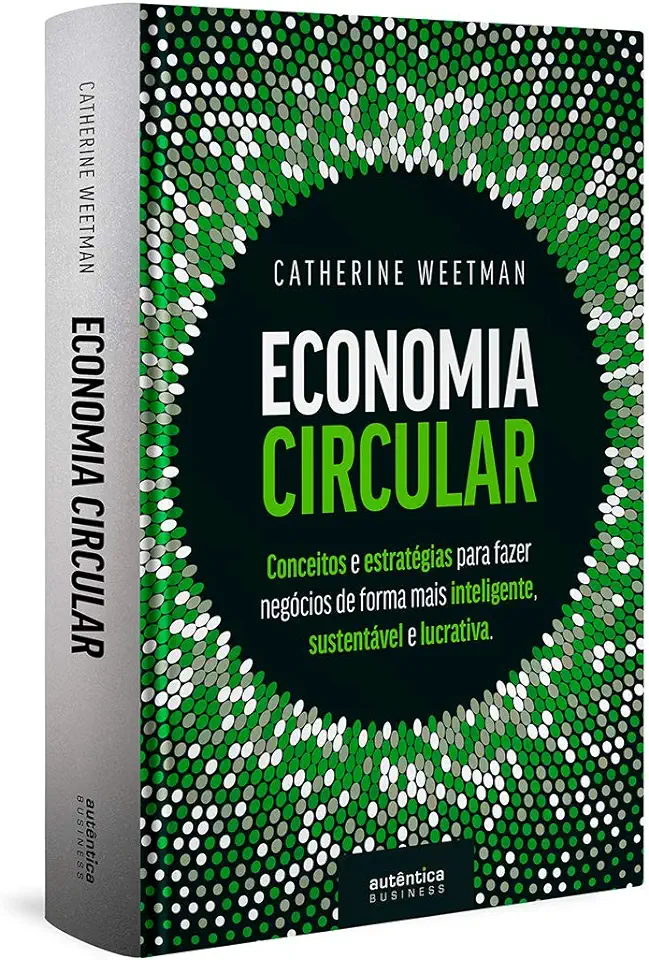
Circular Economy: Business Models for the Future
Circular Economy: Business Models for the Future
A New Way of Thinking About Business
The circular economy is a new way of thinking about business that focuses on reducing waste and pollution, while also creating new opportunities for growth and innovation. In this book, you'll learn how to apply the principles of the circular economy to your own business, and how to benefit from the many advantages it offers.
The Benefits of the Circular Economy
There are many benefits to adopting a circular economy business model, including:
- Reduced costs: By reducing waste and pollution, businesses can save money on raw materials, energy, and disposal costs.
- Increased efficiency: Circular economy businesses are more efficient than traditional businesses, because they use resources more effectively.
- Improved innovation: Circular economy businesses are more innovative than traditional businesses, because they are constantly looking for new ways to reduce waste and pollution.
- Enhanced brand reputation: Circular economy businesses have a better brand reputation than traditional businesses, because they are seen as being more sustainable and responsible.
- Increased customer loyalty: Circular economy businesses have more loyal customers than traditional businesses, because customers appreciate their commitment to sustainability.
How to Implement the Circular Economy in Your Business
There are many ways to implement the circular economy in your business, including:
- Redesigning products and services: Products and services can be redesigned to be more durable, reusable, and recyclable.
- Extending product lifecycles: Products can be extended by repairing, refurbishing, and remanufacturing them.
- Recycling and composting: Waste can be recycled and composted to create new materials and products.
- Using renewable energy: Renewable energy can be used to power businesses and reduce their carbon footprint.
- Collaborating with other businesses: Businesses can collaborate with other businesses to share resources and reduce waste.
Case Studies
The book includes case studies of businesses that have successfully implemented the circular economy, including:
- Interface: Interface is a carpet manufacturer that has adopted a zero-waste business model.
- Nike: Nike is a sportswear company that has launched a program to recycle old shoes.
- IKEA: IKEA is a furniture retailer that has committed to becoming a circular business by 2030.
Conclusion
The circular economy is a new way of thinking about business that has the potential to revolutionize the way we produce and consume goods and services. By adopting the principles of the circular economy, businesses can reduce costs, increase efficiency, improve innovation, enhance their brand reputation, and increase customer loyalty.
Call to Action
If you're interested in learning more about the circular economy and how to implement it in your business, I encourage you to purchase this book. It's a valuable resource that will help you get started on your journey to a more sustainable future.
Enjoyed the summary? Discover all the details and take your reading to the next level — [click here to view the book on Amazon!]